Physical disorders
Bipolar disorder comorbidities include physical disorders such as diabetes, metabolic syndrome, and heart disease. Click on the links or the tabs below to access all the information, or browse via the drop-down menu on the left.
Image: ©Kurhan – stock.adobe.com

Asthma
What is asthma in bipolar disorder? Asthma has been initially believed to be a disorder of inflammation. In asthmatic patients, inflammatory cytokines are altered with asthma exacerbation. People with bipolar disorder are also found to have dysfunction of inflammation during various emotional states. As such, some researchers suggest that these two disorders may share similar mechanisms in their pathophysiology. What is the evidence for the co-occurrence of asthma and bipolar disorder? Moderate to high quality evidence finds a small increased risk of bipolar disorders in people with asthma. Lower quality evidence also found a small increased risk of asthma in…
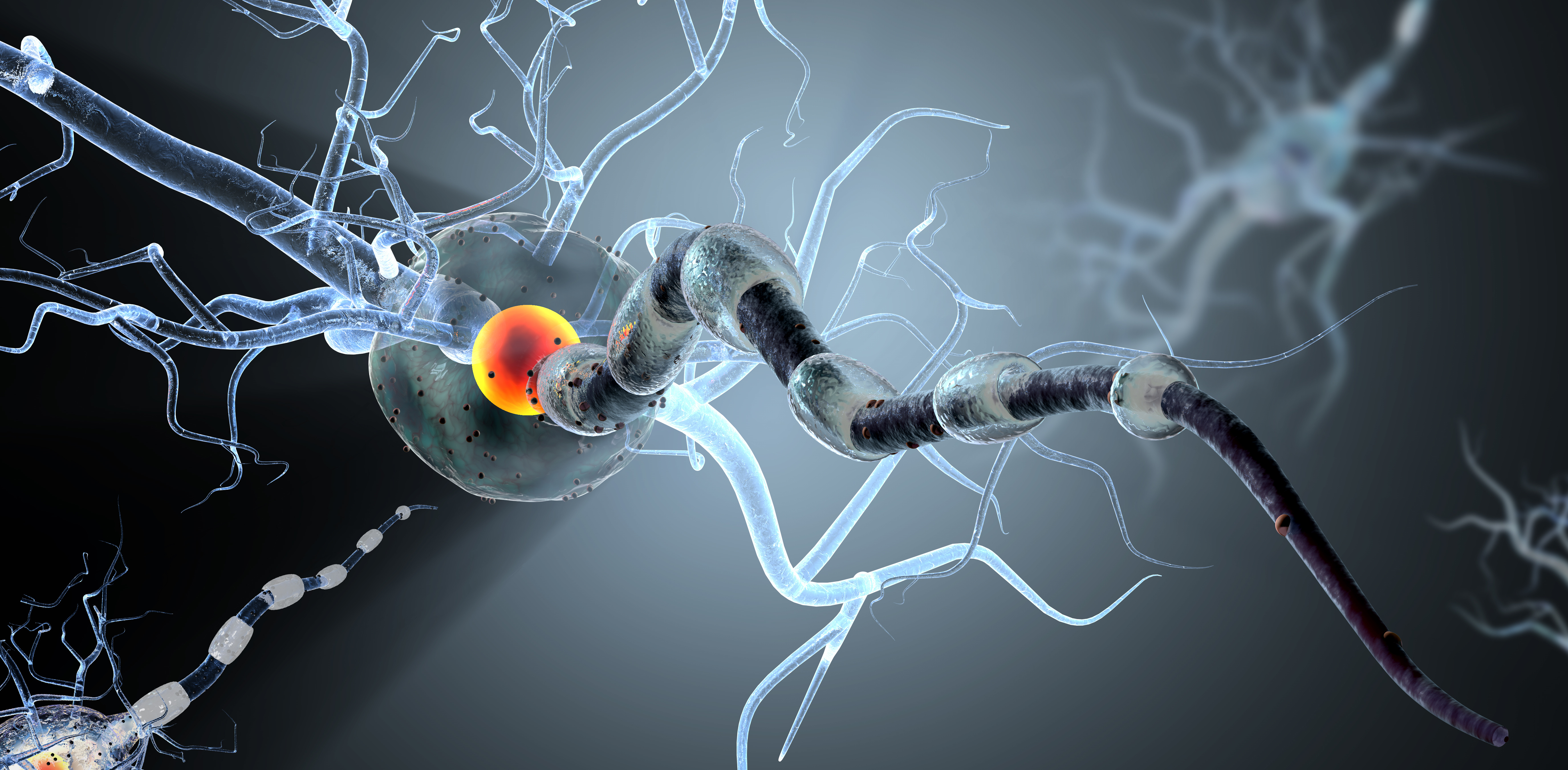
Autoimmune disease
What is autoimmune disease in bipolar disorder? Autoimmune disease occurs when the body attacks its own tissues due to an abnormally functioning immune system. Common autoimmune diseases include systemic lupus erythematosus, rheumatoid arthritis, psoriasis, multiple sclerosis, ulcerative colitis, Crohn’s disease, ankylosing spondylitis, pemphigus, and Sjogren’s syndrome. What is the evidence for comorbid autoimmune disease? Moderate quality evidence finds a significant, small increased rate of bipolar disorder in people with autoimmune disease, particularly sicca syndrome, systemic lupus erythematosus, and psoriasis. Moderate to low quality evidence finds the prevalence of bipolar disorder in people with multiple sclerosis is ~6%. This finding is…
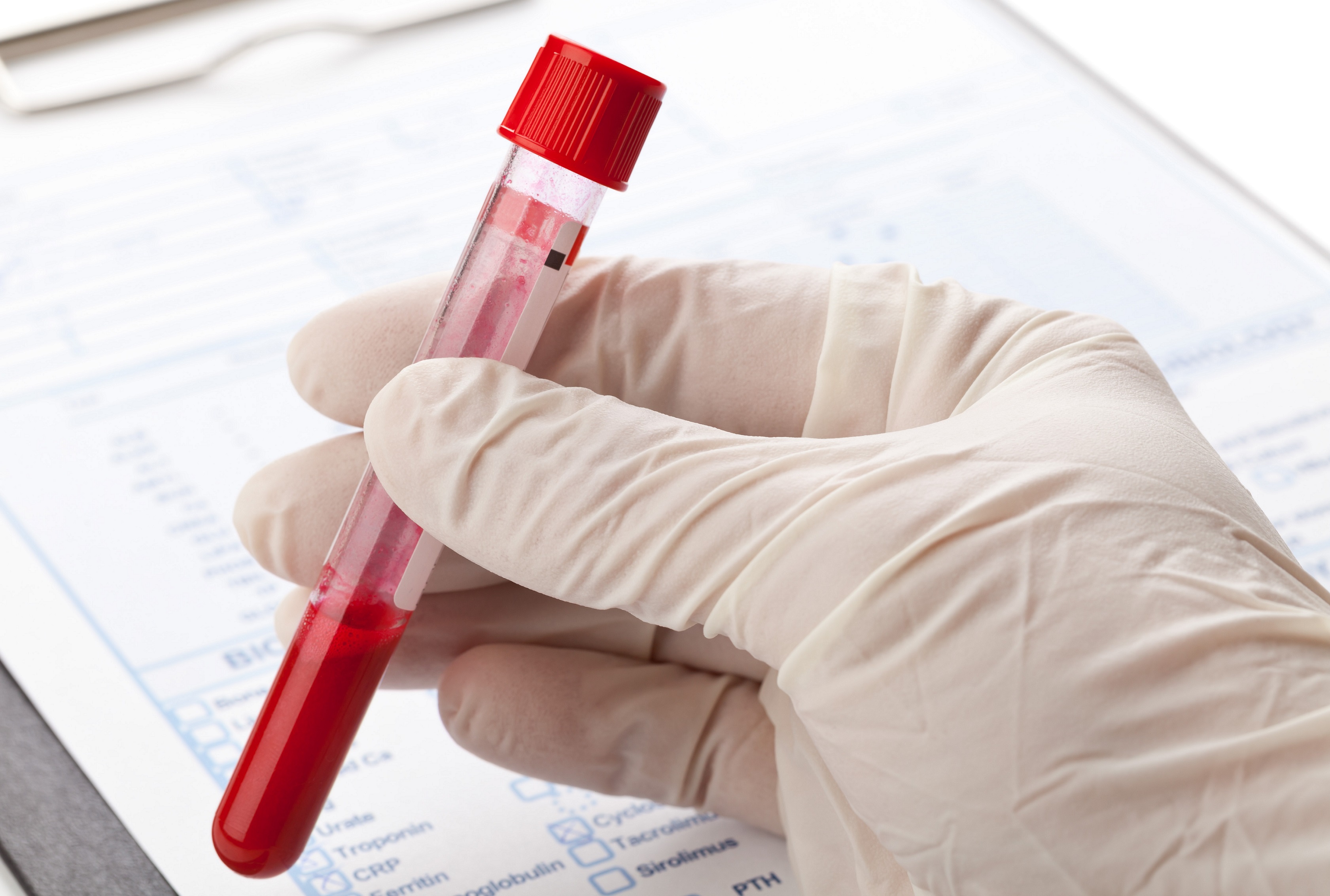
Blood disorders
We have not found any systematic reviews on this topic that meet the Library’s inclusion criteria. Pending enough primary studies, we invite reviews on this topic to be conducted. Alternatively we will endeavour to conduct our own review to fill this gap in the Library. October 2021 ©Shawn Hempel – Fotolia – stock.adobe.com

Cancer
What is cancer in bipolar disorder? Cancer is a broad group of diseases involving abnormal cell growth such that cells divide and grow forming malignant tumours that may spread through the lymphatic system or blood stream. Not all tumours are malignant – some remain benign and do not invade other organs. Lifestyle, genetic factors and environmental pollutants increase a persons’ risk of developing cancer. Cancer can affect people of all ages. The most common cancers include lung cancer (22% of all cancers), bowel cancer (12%), breast cancer (8-23%) and prostate cancer (7%). Cancer may be measured by incidence or mortality…
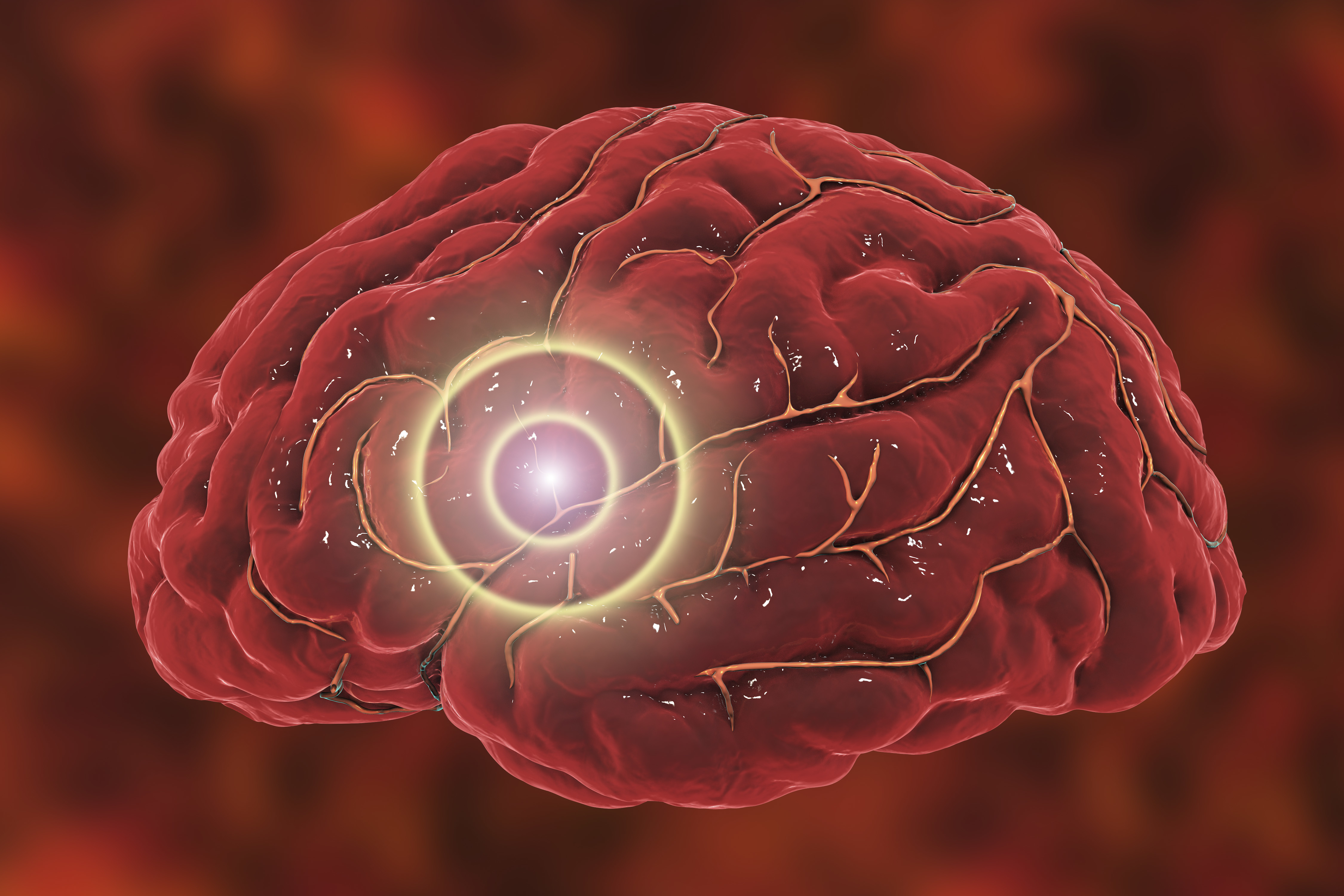
Cerebrovascular disease
What is cerebrovascular disease in bipolar disorder? People with bipolar disorder may show increased rates of co-occurring conditions when compared to general population rates. Cerebrovascular disease includes strokes, transient ischemic attacks, aneurysms, and vascular malformations. A stroke happens when blood flow to the brain is interrupted due to a blocked artery (ischaemic stroke) or when an artery bursts (haemorrhagic stroke). A transient ischemic attack is similar to a stroke, but less severe, and an aneurysm involves an enlarged artery caused by weakness in the arterial wall. These can all cause brain damage if cells do not get enough of the…

Dementia
What is dementia in bipolar disorder? Dementia is characterised by significant cognitive impairment. Symptoms include memory impairment, aphasia (impaired language functioning), apraxia (aberrant movement), agnosia (inability to identify objects, people, sound or smell), and impaired executive functioning (for example, the ability to think abstractly, plan, initiate or stop actions). Other symptoms include behavioural disturbances, anxiety, apathy, delirium, and mood and sleep disturbances. What is the evidence for dementia in people with bipolar disorder? Moderate quality evidence funds a medium-sized increased risk of dementia in people with the disorder compared to people without the disorder. Moderate to high quality evidence finds…

Diabetes
What is diabetes in bipolar disorder? People with bipolar disorder may show increased rates of unrelated co-occurring illnesses, one example is diabetes. Diabetes is a state of impaired insulin function, either as a result of reduced insulin production (type I diabetes) or reduced insulin responsiveness (type II diabetes). Insulin regulates blood glucose levels, and reduced insulin function effectively increases blood glucose levels (hyperglycaemia). This is a dangerous state in the long term, and can ultimately damage the retina, kidneys, nerves and blood vessels. Consequently, effective management of diabetes is crucial. It is unclear if any increased risk in people with…

Digestive disorders
What are digestive disorders in bipolar disorder? People with bipolar disorder may show increased rates of co-occurring conditions. These can include digestive system disorders such as appendicitis, gastric ulcers, irritable bowel syndrome, and celiac (or coeliac) disease. What is the evidence for digestive disorders? High quality evidence suggests a medium-sized increased rate of bipolar disorder in people with irritable bowel syndrome compared to people without irritable bowel syndrome. Moderate quality evidence found no difference in the rate of bipolar disorder between people with or without celiac disease. October 2021 Image: ©Adiano – stock.adobe.com
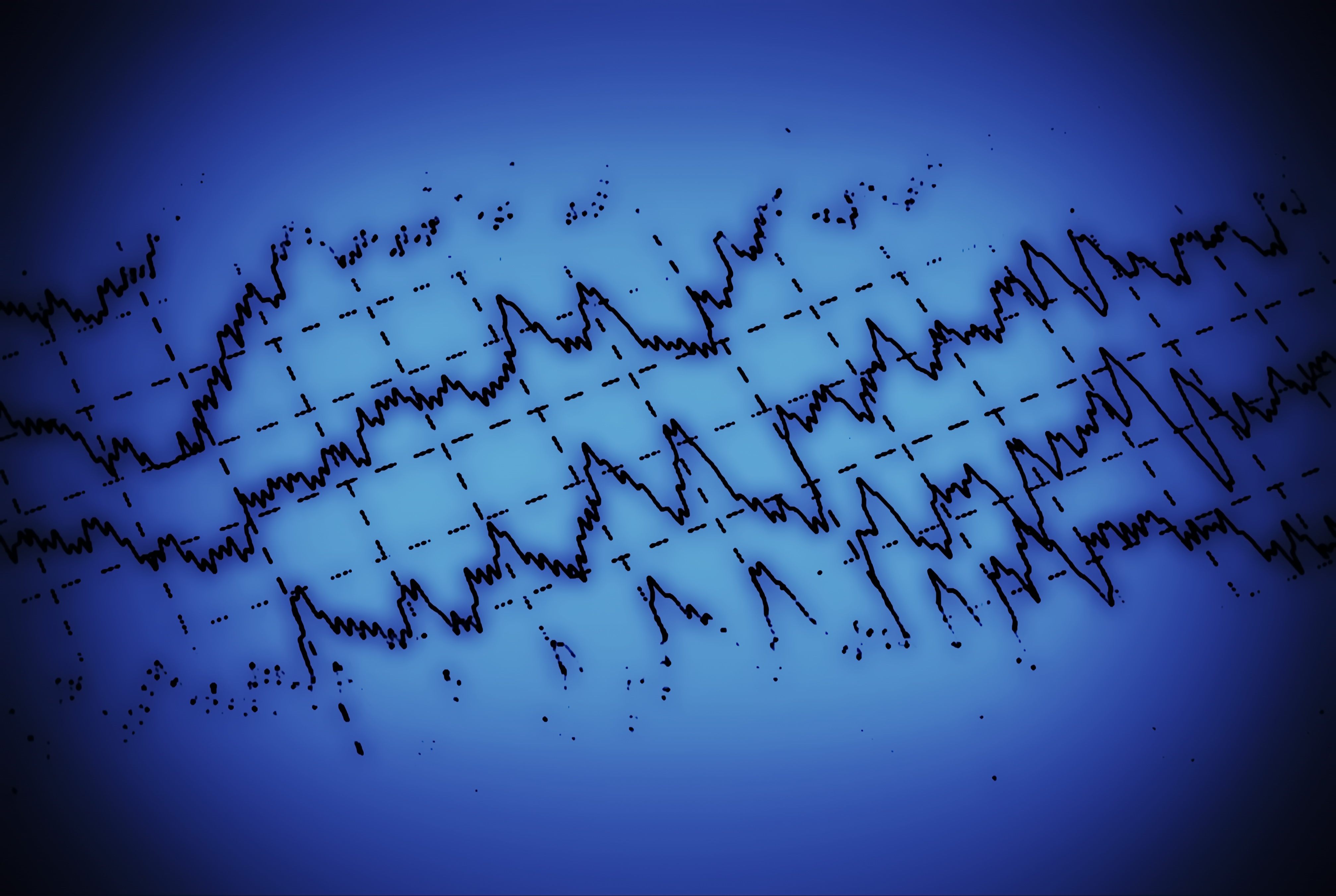
Epilepsy
We have not found any systematic reviews on this topic that meet the Library’s inclusion criteria. Pending enough primary studies, we invite reviews on this topic to be conducted. Alternatively we will endeavour to conduct our own review to fill this gap in the Library. October 2021 Image: ©dule964 – stock.adobe.com

Fibromyalgia
What is fibromyalgia in bipolar disorder? Fibromyalgia is a centralised pain syndrome characterised by the presence of chronic widespread pain in association with fatigue, sleep disturbances and cognitive dysfunction. Fibromyalgia has been associated with higher rates of mood recurrences and greater disability. The use of antidepressants in fibromyalgia management may promote manic switches and episodes with mixed features. What is the evidence for comorbid fibromyalgia? Moderate quality evidence suggests the overall prevalence of bipolar disorder in people with fibromyalgia is ~15%, which represents a large increased risk when compared to people without fibromyalgia. October 2021 Image: ©Feodora- stock.adobe.com
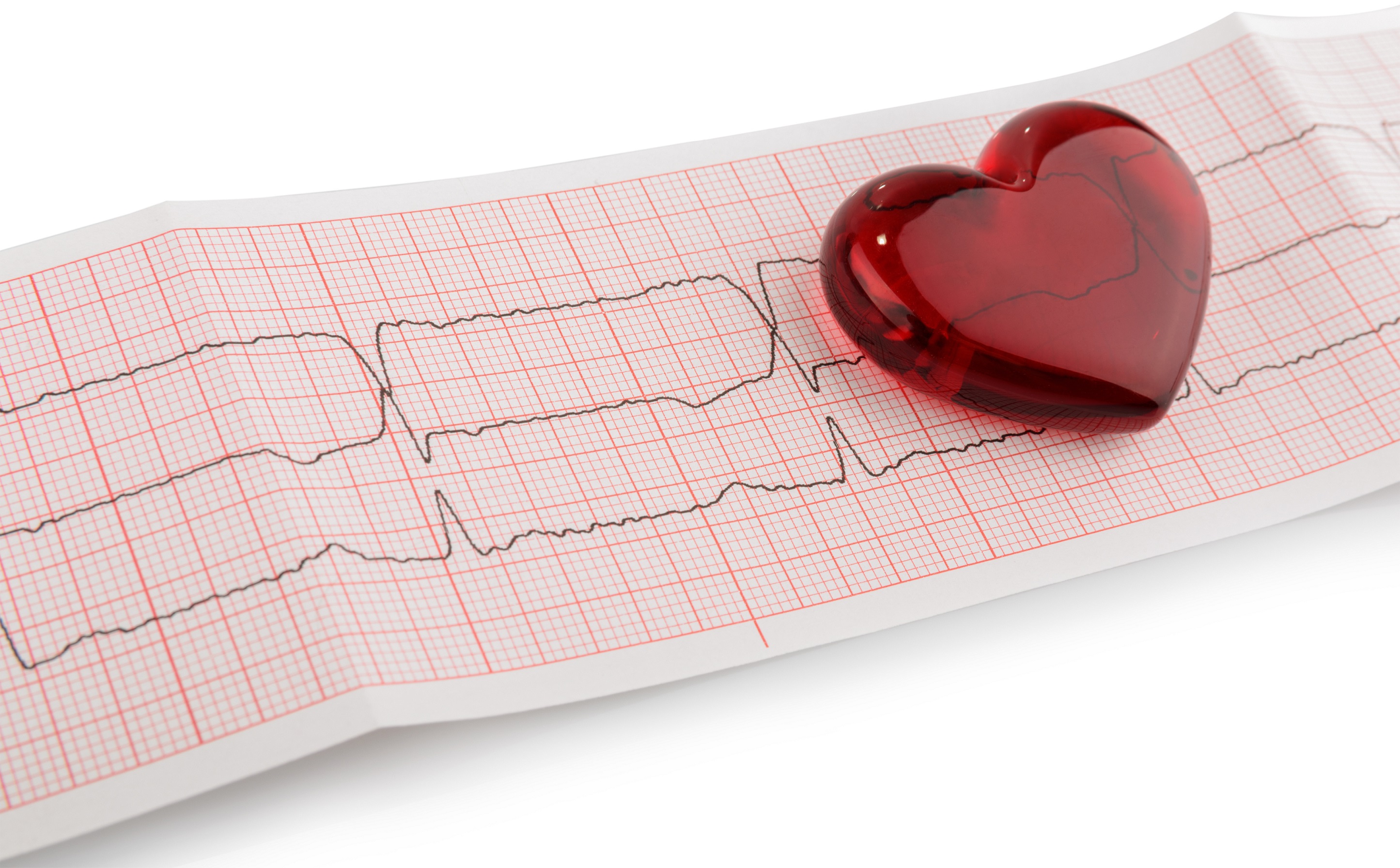
Heart disease
What is heart disease in bipolar disorder? People with bipolar disorder show increased rates of co-occurring conditions. Heart disease is a common co-occurring disorder. It is unclear if the increased risk of heart disease is a consequence of the metabolic impact of medications or unhealthy lifestyle choices, or most likely, a combination of both. What is the evidence for heart disease in people with bipolar disorder? Moderate quality evidence suggests small increased risks of cardiovascular disease, congestive heart failure, and death due to cardiovascular disease in people with the disorder compared to people without the disorder. These findings were adjusted…

Infectious diseases
What are infectious diseases in bipolar disorder? Infectious diseases include the human immunodeficiency virus infection (HIV), and hepatitis viruses, such as hepatitis B and hepatitis C. People with severe mental illness, including bipolar disorder, may be at increased risk of these diseases when compared to the general population. What is the evidence on infectious diseases in people with bipolar disorder? Moderate to low quality evidence suggests the prevalence rate of HIV in people with any severe mental illness, including bipolar disorder, is around 8%. For hepatitis B it is around 16%, and for hepatitis C it is around 7%. HIV…
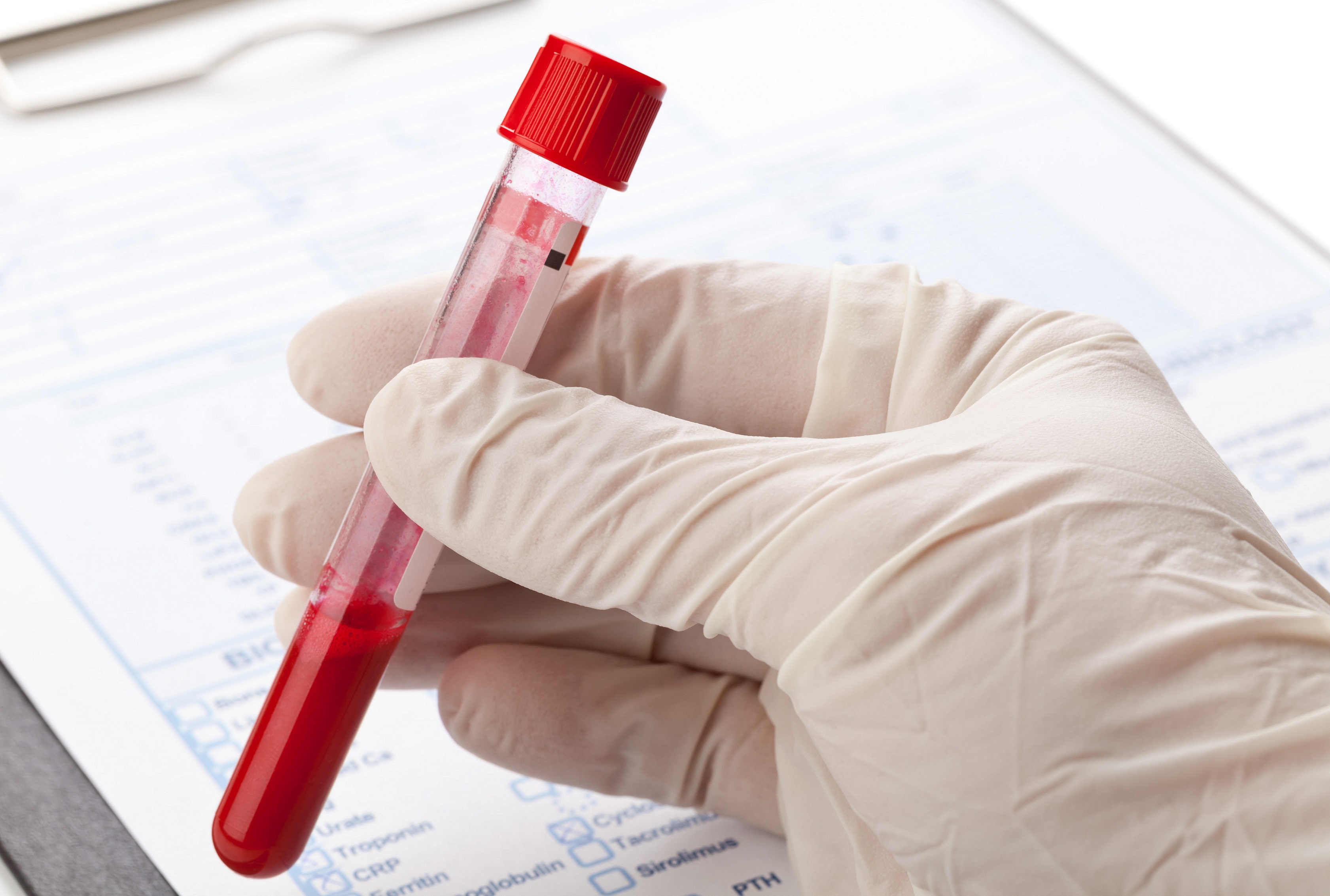
Metabolic syndrome
What is metabolic syndrome in bipolar disorder? Metabolic syndrome is defined by a clustering of at least three interrelated abnormalities including abdominal obesity, hyperglycemia, hypertension, high triglycerides, or low high-density lipoprotein (HDL) cholesterol levels. Metabolic syndrome increases the risk of diabetes and heart disease. What is the evidence for comorbid metabolic syndrome? Moderate to high quality evidence finds the prevalence of metabolic syndrome in people with bipolar disorder is around 37%. Rates were highest in New Zealand, Australia and North America, in people treated with antipsychotics, and in older people. Compared to people without the disorder matched to people with…
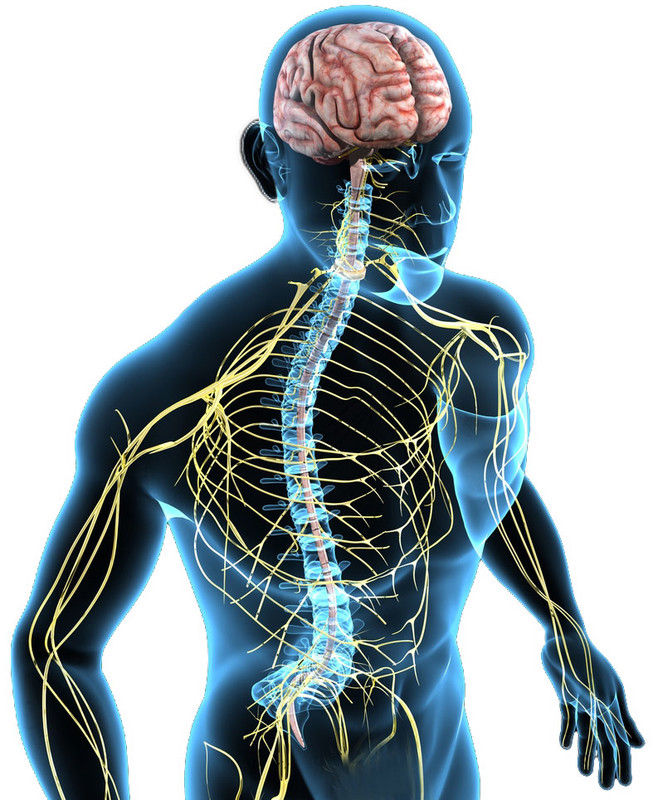
Musculoskeletal and connective tissues
We have not found any systematic reviews on this topic that meet the Library’s inclusion criteria. Pending enough primary studies, we invite reviews on this topic to be conducted. Alternatively we will endeavour to conduct our own review to fill this gap in the Library. October 2021 Image: ©stock.adobe.com

Obesity
What is obesity in bipolar disorder? Obesity is defined as abnormal or excessive fat accumulation that presents a risk to health. A crude population measure of obesity is the body mass index (BMI), which is a person’s weight divided by the square of his or her height. A person with a BMI of 30 or more on metric measures is generally considered obese. Being obese is a major risk factor for diabetes, cardiovascular diseases and cancer. People with a severe mental illness are at increased risk of obesity, which may be due to genetic and/or socio-economic factors, lifestyle choices, and…

Optical alterations
What are optical alterations in bipolar disorder? People with bipolar disorder may show increased rates of co-occurring conditions. These can include short-sightedness (impaired long distance signt) and long-sightedness (impaired near distance sight), as well as reductions in the peripapillary retinal nerve fibre layer, and in macular thickness and volume. What is the evidence for optical alterations in people with bipolar disorder? Moderate to low quality evidence finds a large reduction in overall peripapillary retinal nerve fibre layer thickness in people with bipolar disorder, particularly in the inferior retinal nerve fibre layers. October 2021 Image: ©muuraa – stock.adobe.com

Osteoporosis
What is osteoporosis in bipolar disorder? Osteoporosis is a progressive, systemic metabolic bone disorder, which results in lowered bone mineral density and increases an individual’s risk of fracture. Between ages 25 to 35 years, the skeletal structure reaches maturity and bone mass reaches its peak. After 40 years, the bone remodeling process serves to repair areas of damage in the bone. Naturally with increasing age and menopause, the process of bone resorption may be faster than the process of bone formation, leading to osteoporosis. However, other diseases and drugs may also induce osteoporosis. Many people with bipolar disorder are prescribed…

Pain and migraine
What is pain and migraine in bipolar disorder? People with bipolar disorder often have increased rates of co-occurring disorders, including chronic pain and migraine. Pain has a deleterious impact on an individual’s health and wellbeing. Chronic pain in particular is associated with reduced quality of life and difficulties with activities of daily living and often has a negative impact on an individual’s emotional and mental health. What is the evidence for pain in people with bipolar disorder? Moderate quality evidence suggests the overall prevalence of migraine in people with bipolar disorder is ~35%. Rates were higher in people with bipolar…
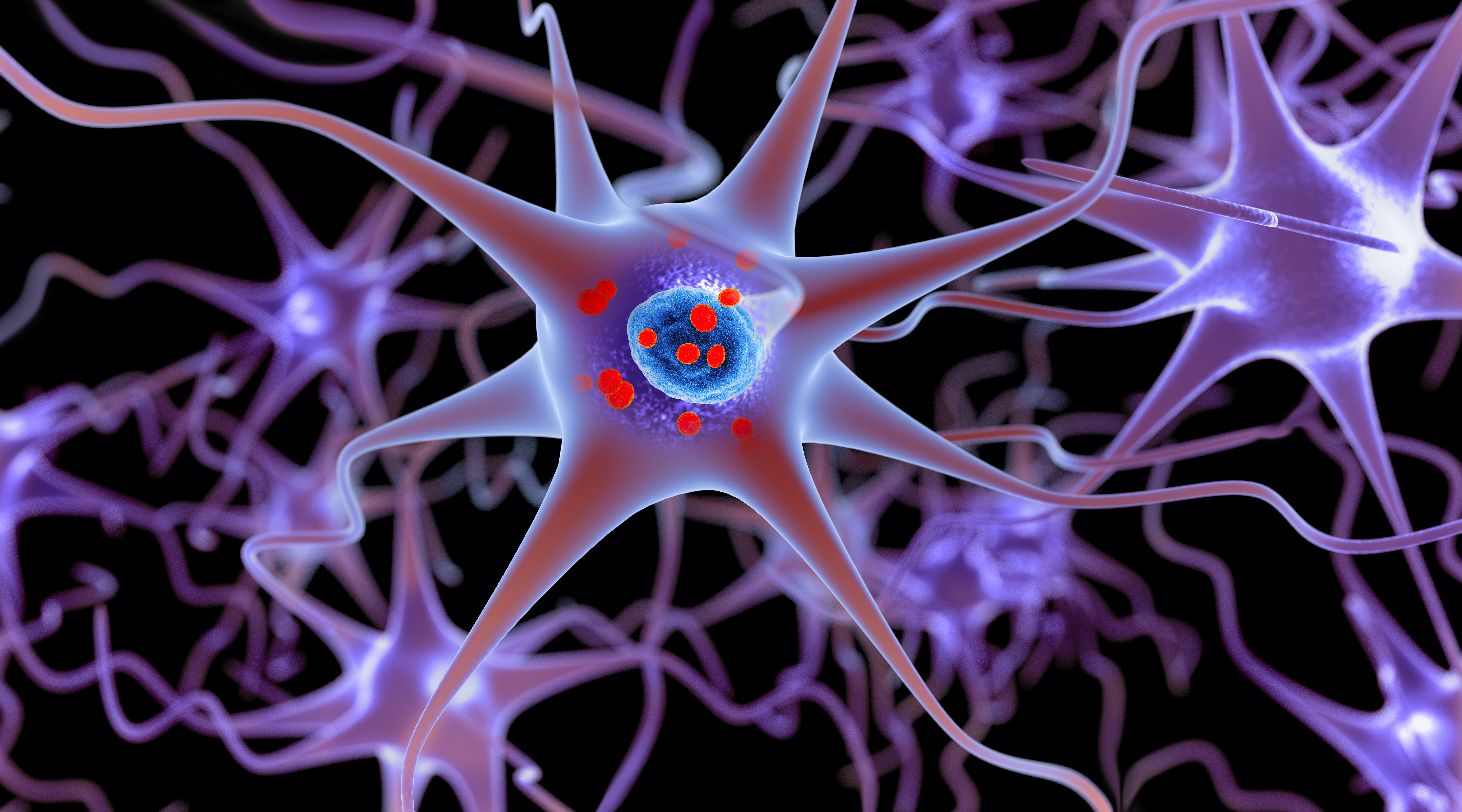
Parkinson’s disease
What is Parkinson’s disease in bipolar disorder? People with bipolar disorder often have increased rates of co-occurring disorders. The neurotransmitter dopamine may be dysfunctional in both disorders. Moreover, medications used to treat bipolar disorder can induce Parkinson’s symptoms including bradykinesia, resting tremor, rigidity, and postural instability. What is the evidence for Parkinson’s disease? Moderate quality evidence suggests a medium-sized increased risk of Parkinson’s disease in people with bipolar disorder compared to people without the disorder. The risk is higher in studies with follow-up periods of less than nine years than in studies with follow-up periods of more than nine years….
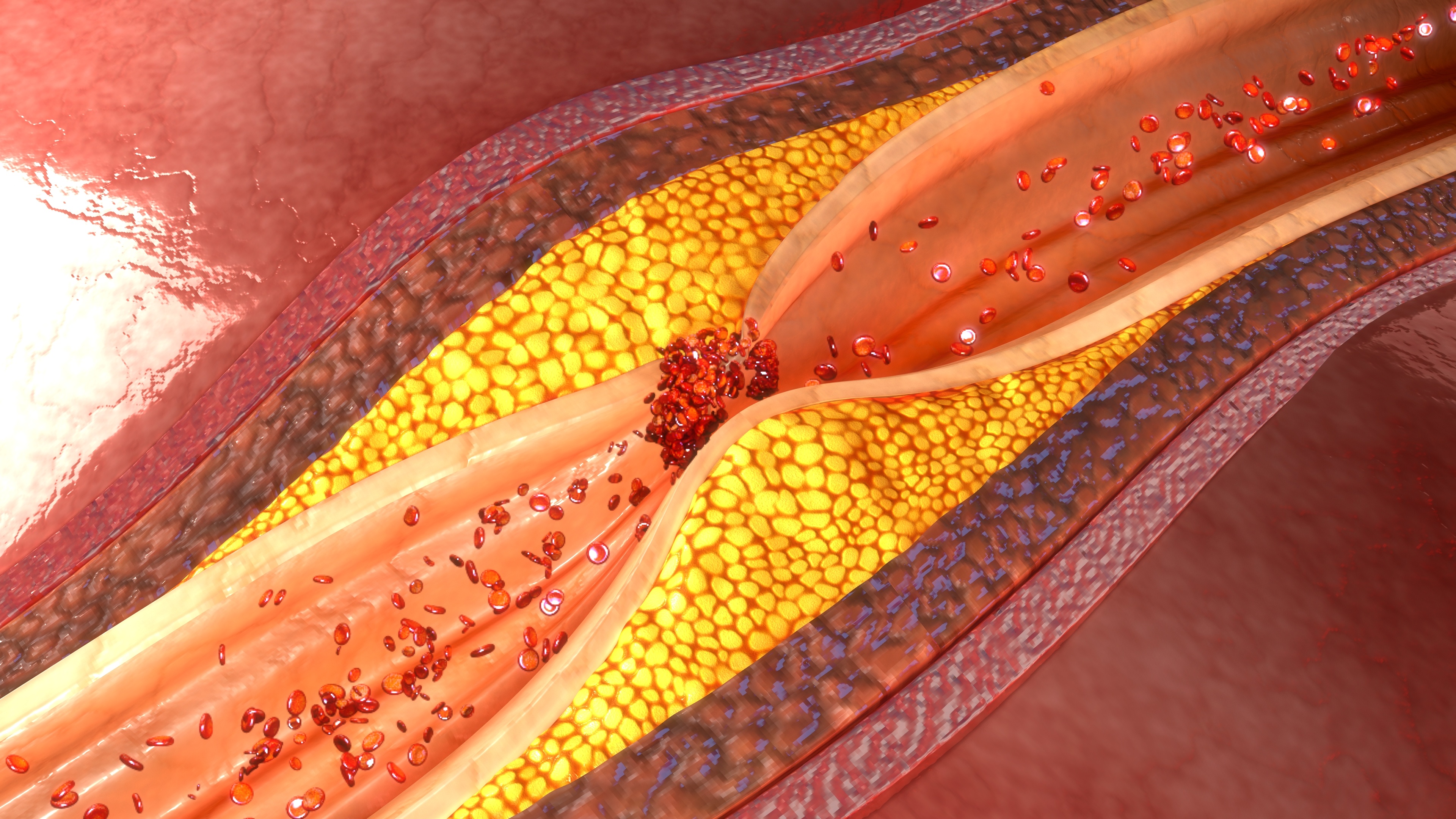
Peripheral vascular disease
What is peripheral vascular disease in bipolar disorder? People with bipolar disorder show increased rates of co-occurring conditions. Peripheral vascular disease involves reduced circulation of blood to a body part other than the brain or heart, usually the legs or kidneys, and less commonly the arms. The main cause of peripheral vascular disease is a build-up of fatty deposits that narrow blood vessels and reduce circulation of blood to the associated body part. What is the evidence for peripheral vascular disease? Moderate quality evidence finds a medium-sized increase in peripheral vascular disease in people with bipolar disorder compared to people…

Premenstrual syndrome
What is premenstrual syndrome in bipolar disorder? Premenstrual syndrome involves emotional and behavioural symptoms that occur during the five days before menses for at least three menstrual cycles in a row. At least one affective and one somatic symptom must be present. Affective symptoms include depression, angry outbursts, irritability, anxiety, confusion, and social withdrawal. Somatic symptoms include breast tenderness, abdominal bloating, headache and swelling of extremities. What is the evidence for premenstrual syndrome? Moderate quality evidence finds an association between premenstrual syndrome and higher risk of bipolar disorder and mood symptom exacerbation. October 2021 Image: ©ruigsantos – stock.adobe.com
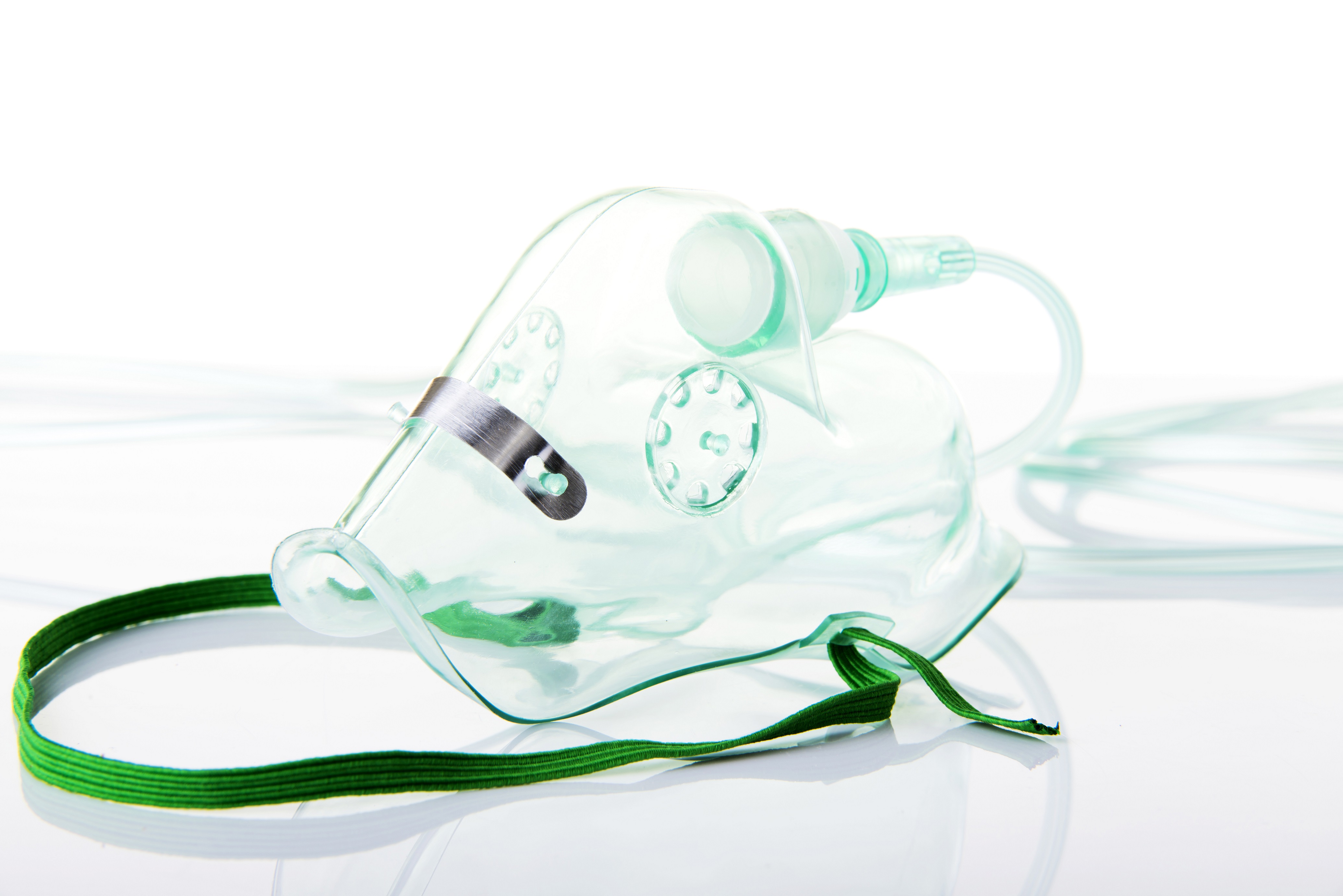
Respiratory disease
What is respiratory disease in bipolar disorder? In general, people with bipolar disorder can have increased rates of co-occurring conditions. These may include disorders of the respiratory system, such as chronic obstructive pulmonary disease. What is the evidence for comorbid respiratory disease? Moderate to high quality evidence suggests people with bipolar disorder have increased rates of chronic obstructive pulmonary disease compared to people without bipolar disorder. Review authors state this association may be explained by increased rates of smoking. October 2021 Image: © Piotr Marcinski – Fotolia – stock.adobe.com

Skin disorders
What are skin disorders in bipolar disorder? People with bipolar disorder often show increased rates of co-occurring conditions, including skin disorders. Skin disorders include psoriasis, which is a long-term autoimmune condition that accelerates the life cycle of skin cells. This allows cells to build up on the surface of the skin, which form scales and red patches that are often itchy and painful. Hidradenitis suppurativa is a chronic inflammatory skin disorder of the hair follicles, characterized by recurrent lesions affecting the apocrine glands including nodules, abscesses, fistulas and draining sinus tracts. What is the evidence for comorbid skin disorders? Moderate…
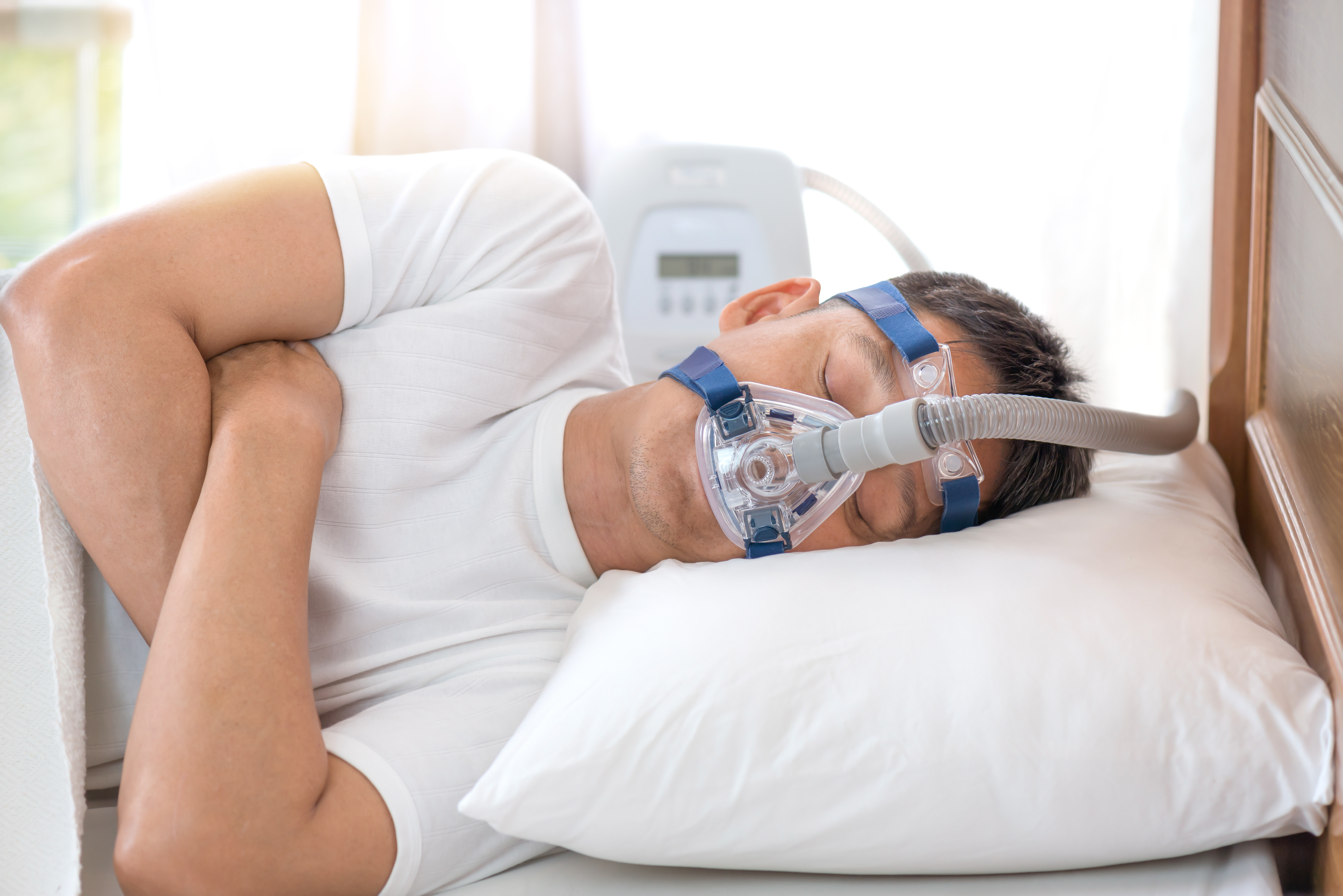
Sleep apnea
What is sleep apnea in bipolar disorder? The most common form of sleep apnea is obstructive sleep apnea (OSA), which occurs when the muscles of the upper airway relax in such a way that they block the airway during sleep. As a result, OSA is associated with daytime sleepiness, cognitive dysfunction, and the development of hypertension, cardiovascular disease, and abnormalities in glucose metabolism. OSA also has adverse effects on quality of life, and can lead to anxiety and depression symptoms. What is the evidence for sleep apnea in people with bipolar disorder? Moderate quality evidence suggests around 25% of people…

Thyroid disorders
What are thyroid disorders in bipolar disorder? lood pressure, body temperature and weight. If the thyroid becomes deregulated (overactive or underactive), or cancerous, this can result in a range of physical symptoms, as well as depression. What is the evidence for thyroid disorders in people with bipolar disorder? Low quality evidence is unclear of the prevalence of thyroid disorders. Review authors suggest no association between bipolar disorder and thyroid disease, although there may be increased prevalence of circulating thyroid autoantibodies in people with bipolar disorder. October 2021 Image: © Artemenko_Daria – stock.adobe.com

Venous thromboembolism
What is venous thromboembolism in bipolar disorder? Venous thromboembolism is a disorder that includes deep vein thrombosis and pulmonary embolism. A deep vein thrombosis occurs when a blood clot forms in a deep vein, usually in the lower leg, thigh, or pelvis. Swelling, redness, and pain are some of the symptoms of deep vein thrombosis. A pulmonary embolism occurs when a clot breaks loose and travels through the bloodstream to the lungs. A pulmonary embolism can cause sudden chest pain and shortness of breath. What is the evidence for comorbid venous thromboembolism? Moderate to low quality evidence finds people with…

Visual impairment
We have not found any systematic reviews on this topic that meet the Library’s inclusion criteria. Pending enough primary studies, we invite reviews on this topic to be conducted. Alternatively we will endeavour to conduct our own review to fill this gap in the Library. October 2021 Image: ©muuraa – stock.adobe.com
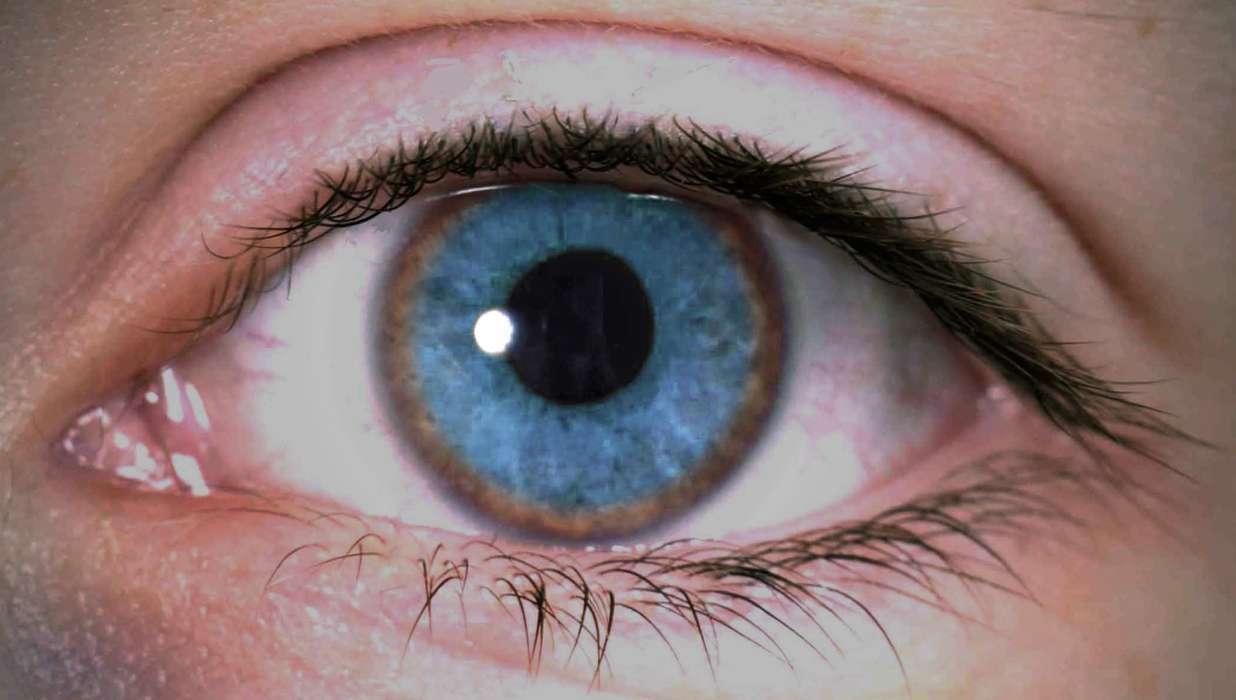
Wilson’s disease
What is Wilson’s disease in bipolar disorder? Wilson’s disease is rare disorder that prevents the body from eliminating copper. It is caused by mutations in a gene that results in an accumulation of the metal in the liver, central nervous system, kidneys and other organs. Wilson’s disease usually presents in childhood, but sometimes in adolescence or young adulthood, and may be accompanied by psychiatric symptoms. What is the evidence for Wilson’s disease? Moderate to low quality evidence suggests an increased risk of bipolar disorder, and to a lesser extent, major depression, in people with Wilson’s disease. October 2021 Image: ©stock.adobe.com
Green - Topic summary is available.
Orange - Topic summary is being compiled.
Red - Topic summary has no current systematic review available.
